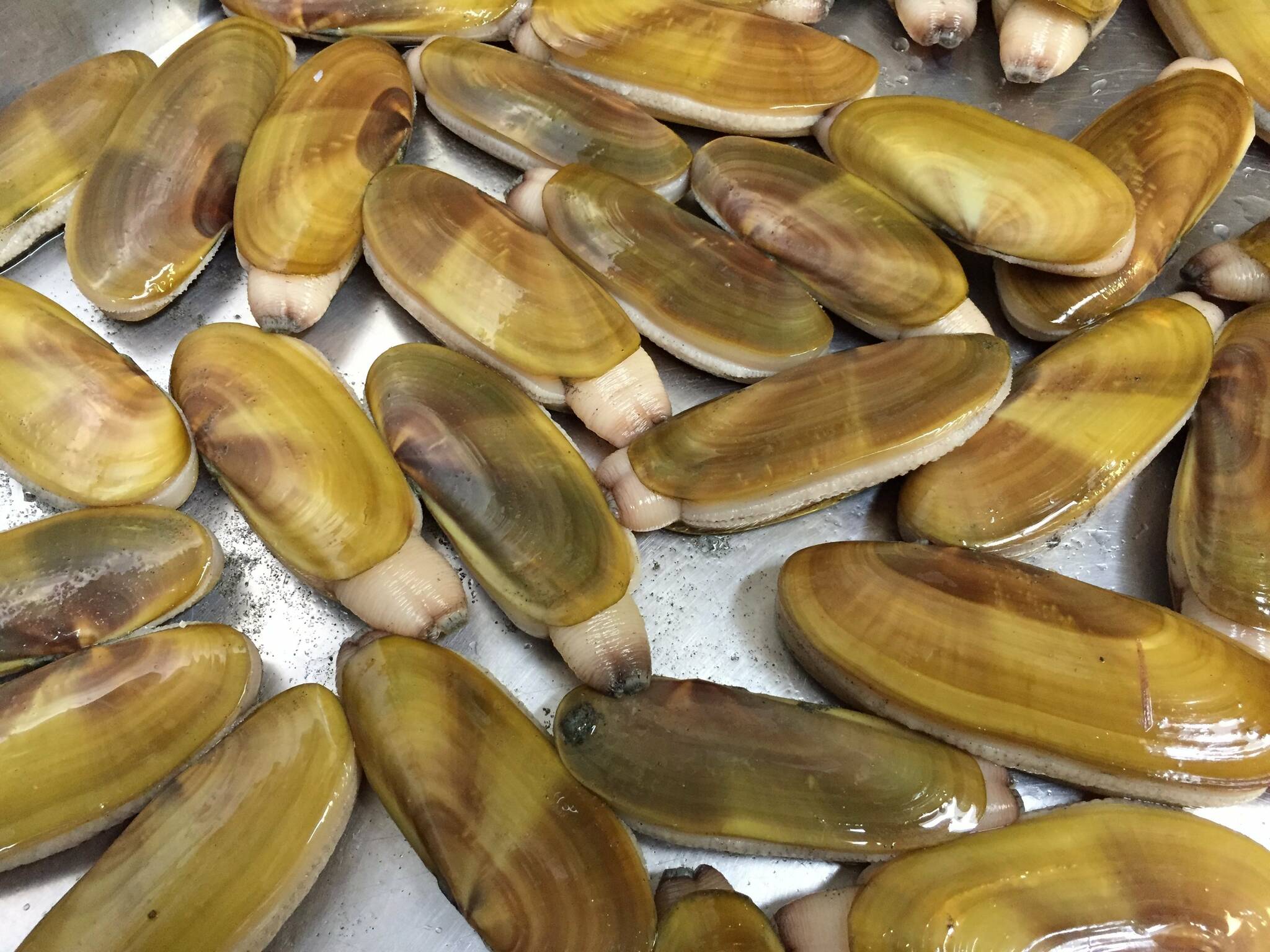A large haul of mollusks at four coastal beaches in mid-March should bode well for the next round of razor clam digging, which will take place in early April in Grays Harbor County and Pacific County.
Shellfish managers with the Washington Department of Fish and Wildlife said Thursday, March 24, that the next round of digging will take place as planned from April 1 through April 6.
“Diggers who take advantage of these spring morning tides will find plenty of razor clams that are fattening up for the late spring spawning period making for some tasty meals,” said Dan Ayres, coastal shellfish manager for the Department of Fish and Wildlife, in a statement on Thursday, March 24.
Diggers are reminded that the daily limit is the standard 15 razor clams. A daily limit, as per state law, consists of the first 15 clams dug up regardless of size or condition. Additionally, each digger’s clams must be kept in a separate container.
The following digs during mid-morning hours and low tides will proceed after marine toxin results from the Washington Department of Health showed that razor clams are safe to eat.
The most successful digging occurs between one and two hours before the listed time of low tide.
— Friday, April 1, 7:36 a.m.; +0.5 feet; Long Beach, Twin Harbors and Mocrocks.
— Saturday, April 2, 8:07 a.m.; -0.1 feet; Long Beach, Twin Harbors and Copalis.
— Sunday, April 3, 8:45 a.m.; -0.1 feet; Long Beach, Twin Harbors and Mocrocks.
— Monday, April 4, 9:23 a.m.; 0.0 feet; Long Beach, Twin Harbors and Copalis.
— Tuesday, April 5, 10:01 a.m.; +0.2 feet; Long Beach, Twin Harbors and Mocrocks.
— Wednesday, April 6, 10:43 a.m.; +0.5 feet; Long Beach, Twin Harbors and Copalis.
“Not all beaches are open for every dig, so diggers are encouraged to make sure their intended destination is open before heading out,” the Department of Fish and Wildlife said in a statement. “Diggers should also continue to respect coastal communities and residents by following local and state health guidelines.”
The upcoming series of clam digs comes on the heels of a “very good” winter, the Department of Fish and Wildlife said, and a strong seven-day period of digging in mid-March. That translated to 27,533 diggers taking home 388,655 razor clams for an average of 14.1 razor clams per digger.
The next round of razor clam digs also drew some words of advice and caution.
“As in past years, WDFW is asking beachgoers to avoid disturbing nesting snowy plovers — a small bird with gray wings and a white breast — by staying out of posted areas along the Southwest Washington Coast,” the Department of Fish and Wildlife said.
“Snowy plover nests are nearly invisible, and it is vital to give these birds the space they need to live and thrive during their nesting period, especially near Midway Beach and the north end of Long Beach.”
Also, anyone digging for razor clams starting April 1 will need a new license in order to participate. All diggers age 15 or older must have an applicable fishing license to harvest razor clams on any beach.
Details on these and future digs can be found at wdfw.wa.gov/fishing/shellfishing-regulations/razor-clams.
To learn more about razor clam abundance, population densities at various beaches, and how seasons are set, visit wdfw.wa.gov/fishing/shellfishing-regulations/razor-clams#management.



